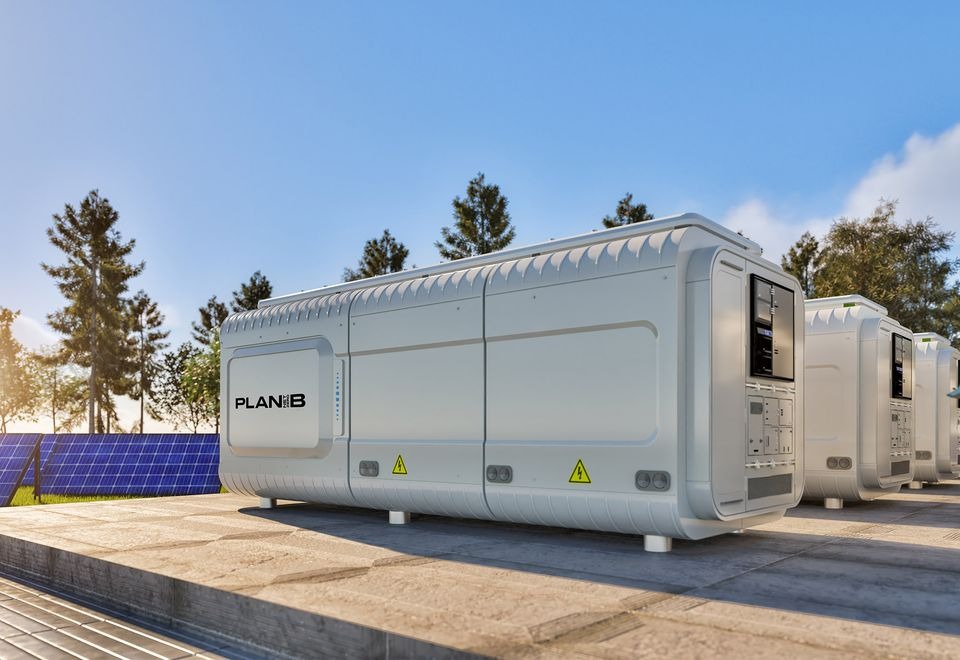At this year’s D-A-CH Hydrogen Symposium in Wiener Neustadt, Swiss GreenTech firm PLAN-B NET ZERO AG and its subsidiary, PLAN-B NET ZERO BESS GmbH, unveiled an innovative model to boost energy resilience across Germany, Austria, and Switzerland.
The company’s approach integrates Battery Energy Storage Systems (BESS), green hydrogen, and artificial intelligence (AI) into a single, flexible energy ecosystem. This intelligent system is designed to stabilize power grids and significantly strengthen the security of energy supply in the region.
Resilience as the New Energy Imperative
The DACH region’s power grids are increasingly strained. Factors like the volatile feed-in from rapidly expanding wind and solar sources, slow grid modernization, and worsening weather extremes are pushing system stability to its operational limits.
“Traditional grid planning alone is no longer sufficient under these conditions,” stated Tjark Connor Hennings-Huep, a battery systems expert at PLAN-B NET ZERO, during his presentation. “We need intelligent, decentralized systems capable of responding autonomously to fluctuations.”
The proposed concept tackles this by combining the swift action of battery storage for short-term balancing with hydrogen technologies for seasonal, long-duration energy storage. This integration creates technical synergies that enhance overall efficiency, profitability, and, most importantly, system resilience. Furthermore, AI-based forecasting and control algorithms dynamically manage this combined system in real-time, balancing generation, storage, and consumption.
Batteries and Hydrogen: Complementary Technologies
PLAN-B NET ZERO views BESS and hydrogen not as competitors, but as essential partners for a resilient energy future:
- BESS provides a rapid response, absorbing immediate surpluses or covering deficits within milliseconds to stabilize the grid.
- Green Hydrogen decouples energy storage from time constraints, allowing for the long-term, large-volume storage of energy that can later be converted back to power via fuel cells or turbines.
“Together, these technologies form the bridge to a robust, fully renewable energy system,” added Hennings-Huep. “They provide the additional flexibility and control parameters needed for system stability.”
Blueprint: Regional Energy Hubs
The company is focused on developing regional energy hubs that seamlessly connect local photovoltaic generation, battery storage, and electrolyzers. In these hubs, surplus renewable energy is converted into hydrogen, stored locally, and then used as needed.
PLAN-B NET ZERO is currently developing a pipeline of approximately 1.3 GWh of stand-alone BESS projects and is evaluating the potential to couple these with hydrogen systems.
The entire operation is managed by AI-driven energy management systems. These systems use predictive models for weather, energy prices, and grid load to automatically control charging, discharging, and electrolysis processes. This optimization increases energy yield, lowers operational costs, and boosts the system’s efficiency.
In summary, by merging BESS, hydrogen, and AI, PLAN-B NET ZERO aims to forge a resilient and climate-neutral energy supply for the DACH region. Hennings-Huep concluded: “Our goal is an energy system that stabilizes itself: digital, decentralized, and decarbonized.”



